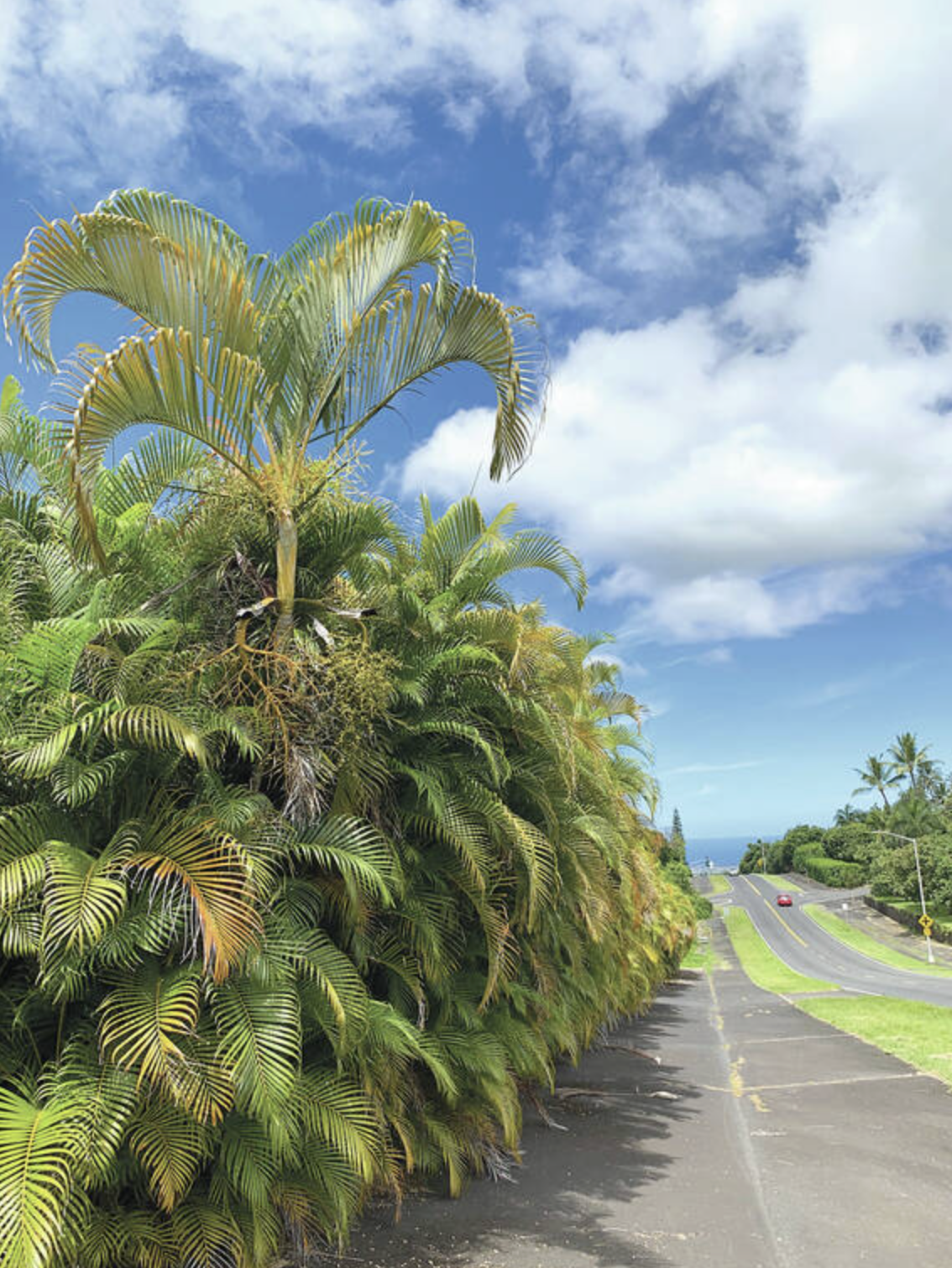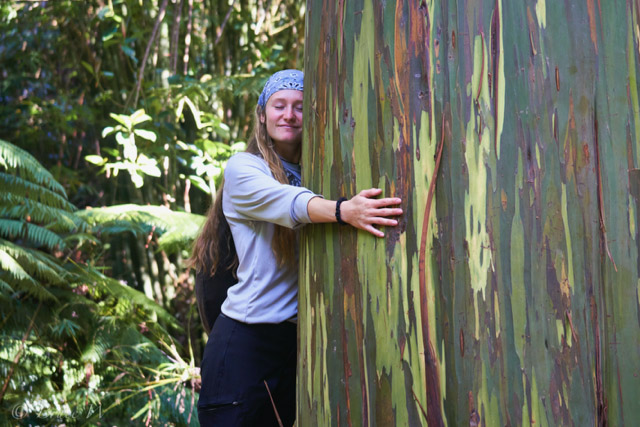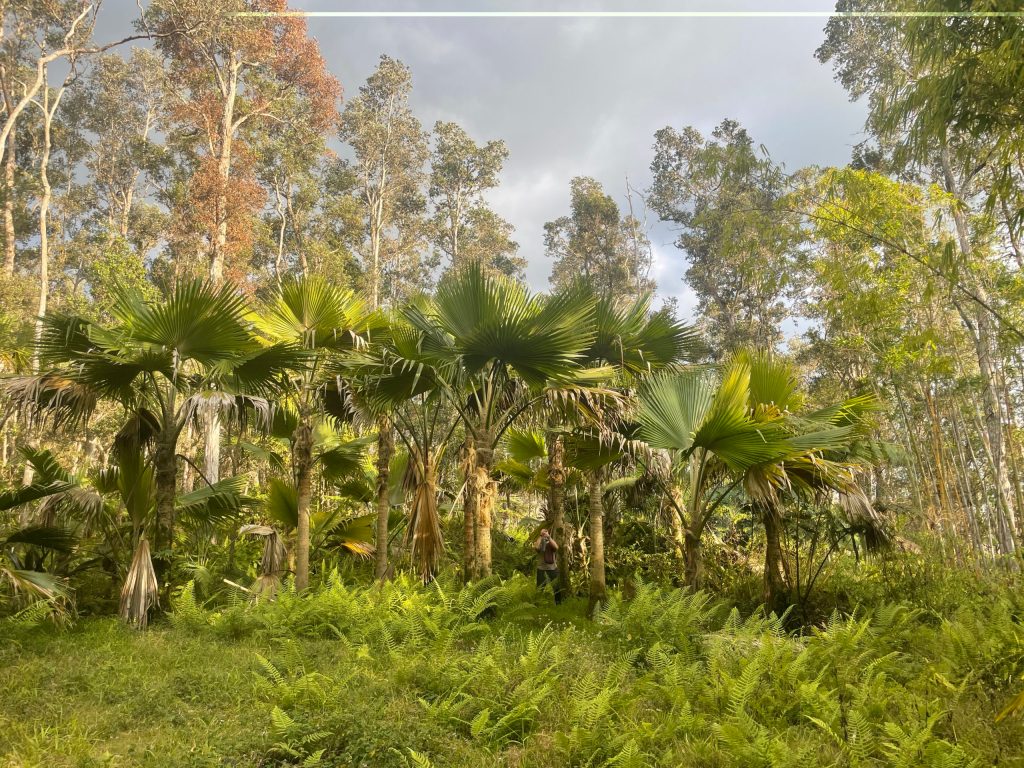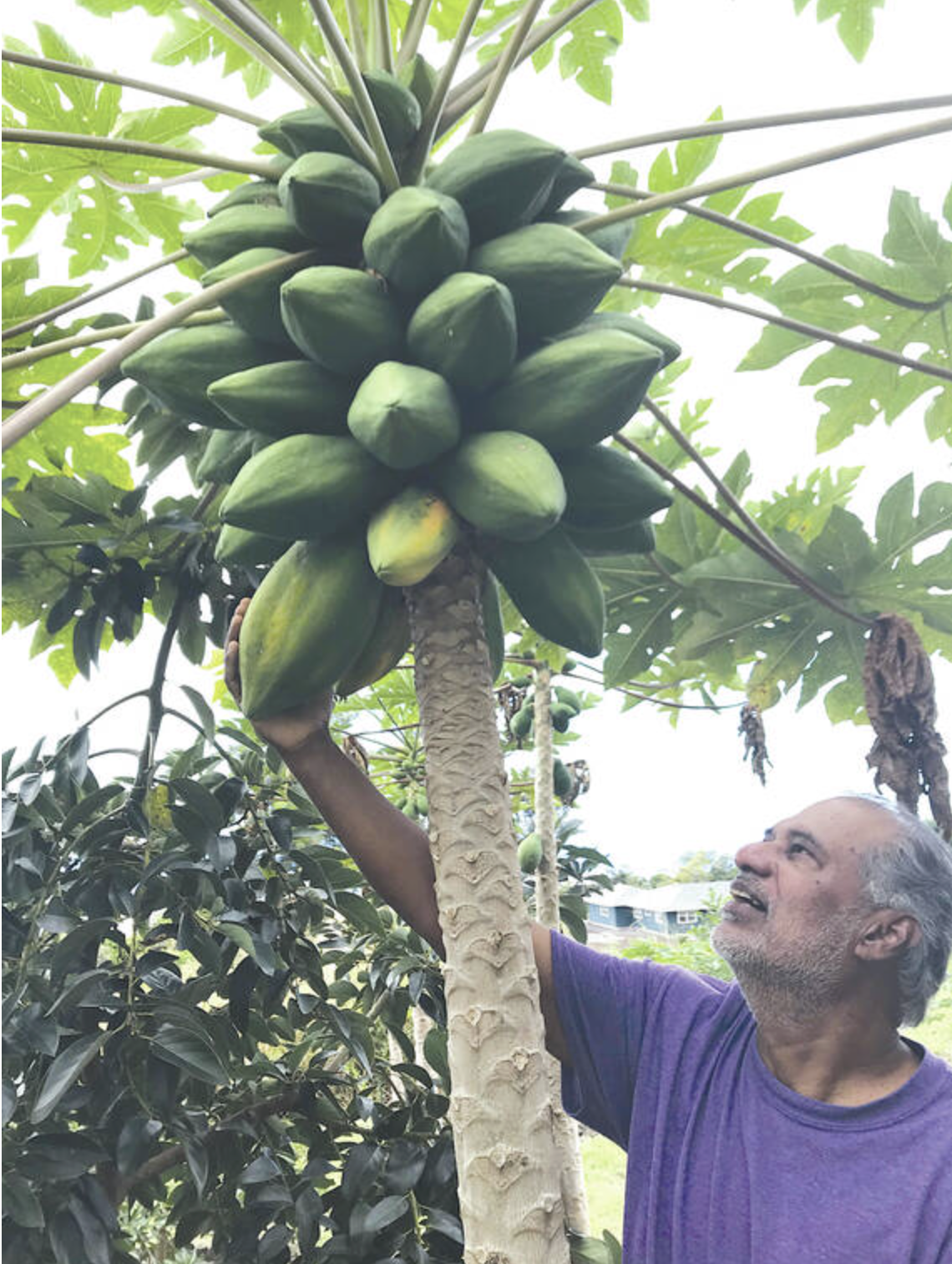In the good old days, a typical Hawaiian garden was large enough to give neighbors plenty of space to have privacy. As our population increases and land costs escalate, lots are getting smaller. This requires creativity to effectively give us a little garden peace and quiet. Traditional garden designs of Japan have dealt with these issues over the centuries. A trip to Japan would be great, but we can learn by observing how local landscape architects and designers have addressed these challenges.
A key element in designing for privacy is to create buffers between your home, neighbors and roadways. “Good fences and hedges make good neighbors” goes the old saying, so consider hedges to block unwanted sounds and views. There are many choices. You can use one species like orange jasmine or natal plum, but be sure that the choice does not require constant pruning. Folks will sometimes use Podocarpus or Ficus species that will grow to 50 feet or more if left unattended. A mixture of several different plant species can give you a bold effect by using variations in leaf and flower shape and color as well.
For ideas on using the right hedge, you may call the UHCTAHR Master Gardener Helpline. In East Hawaii the number is (808) 981-5199, in West Hawaii, (808) 322-4893. There are also a number of local landscape architects and designers who can assist. Many nursery folks also have experience and can give you some tips. Many clumping bamboos make good hedges. You are in luck if you can check out the Quindembo Bamboo nursery sale coming up from 9 a.m. to 2 p.m. next Friday and Saturday, Sept. 22 and 23. Call or text Peter and Susan at (808) 987-6452 for directions. It is pleasant drive to their nursery in North Kohala.
Fences also work but some are more attractive than others. Stone walls are traditional and impressive, but expensive. Today, we have so many choices that an unattractive fence or hedge might create all kinds of neighbor problems depending on type of material used.
Screening on smaller-home-sized landscape may require fences to keep animals or children in bounds. However, chain link, concrete block and many other fence and wall materials do look kind of harsh and unsightly. They just don’t give that luxurious tropical feeling. So here’s where vines make ideal companions.
Concrete and chain link make ideal supports for the many types of vine we have available like the red passion flower, jade vine, Kuhio vine, potato vine, creeping fig and many others.
Vines serve many purposes for the gardener. Bird lovers like flame vine because they attract birds. Others like the privacy vines give them when sitting on the lanai.
Many folks like vines because they harbor chameleons, anoles and geckos. Many song birds like vines because they are good nesting locations. And, last but not least, many vines are fine because of their attractiveness both in foliage and flowers.
Vines lend contrast and character to landscape plantings. They can accentuate architectural lines, especially the closely clinging species.
Many creepers are adept at introducing color, form and texture onto otherwise uninteresting objects, fences or even trees.
Many gardeners say that vines are the best plants to give their homes an air of tropical living by using them to cover passageways or to form patio walls. Ornamental vines, as a group, are well adapted to a wide range of soils. Most of them thrive in sand, clay, or rocky land, provided plant food and moisture are adequate.
Soil preparation is most important in a planting project whether you are planting a small shrub or large tree. Time spent improving the soil will ensure that you will produce vigorous plants and possibly have trouble-free care later.
To get a project underway, spread about four inches of compost, peat, leaf mold, or well-decomposed manure over the area where the plants will be established. As a topping, sprinkle the area with fertilizer, and then mix the organic material and soil with a spade.
The soil at the base of masonry construction often contains troublesome debris, so remove the contaminated soil to a depth of 18 inches. Replace it with good soil taken from another location.
The planting season in Hawaii is any time the notion strikes you, provided the plants are healthy and container-grown. Bare root and transplanted specimens may need extra care in dryer locations. In planting, dig a hole that is larger than the root ball. If the plant is in a container, carefully remove the plant without disturbing the roots and settle it in the hole at the same depth it was in the container. Partially fill in around the plant with soil. Water thoroughly. Finish filling the hole and water again.
There are hundreds of tropical screening hedge materials and vines available here on the Big Island. The Bengal clock vine, with its sky-blue flowers, the garlic vine, the exotic passion flower vines, confederate jasmine and philodendrons are just a few. Check with our local nurseries and get acquainted with what’s available.
Norman Bezona is professor emeritus, University of Hawaii College of Tropical Agriculture and Human Resources.








